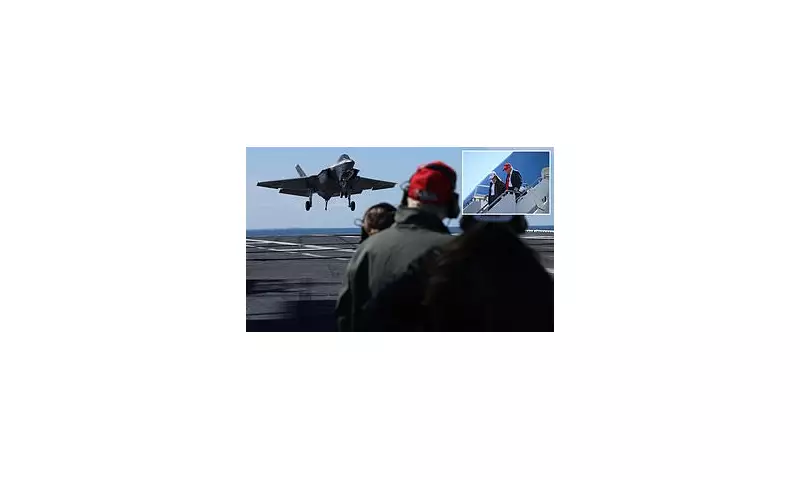
In a dramatic display of military readiness, US Navy F-22 Raptor fighter jets were scrambled to intercept a civilian aircraft that strayed into restricted airspace during former President Donald Trump's rally at Joint Base Langley-Eustis in Virginia.
High-Stakes Security Breach
The incident unfolded on Saturday afternoon when air traffic controllers detected an unauthorised civilian plane approaching the secure airspace surrounding the military installation. With the former president and thousands of supporters gathered below, base commanders took immediate action.
Two advanced F-22 Raptors from the 1st Fighter Wing were dispatched to identify and escort the intruding aircraft away from the sensitive area. Military officials confirmed the swift response prevented any potential threat to the gathering.
Political Event Amid Military Precision
The security scare occurred during a highly charged political event where Mr Trump was addressing supporters on the military base. Witnesses reported seeing the fighter jets manoeuvring overhead, though many attendees remained unaware of the unfolding security situation.
A military spokesperson later stated: "The North American Aerospace Defense Command detected an aircraft that may have been in violation of the temporary flight restriction area. The aircraft was intercepted and escorted out of the restricted airspace."
Questions About Base Security
The incident has raised serious questions about security protocols when political events are held on active military installations. Joint Base Langley-Eustis serves as a critical training facility for the US Air Force and houses sophisticated military assets.
Security experts are now examining how a civilian aircraft managed to penetrate the restricted zone, particularly during an event with such high-profile attendance. The base's proximity to civilian air routes adds complexity to maintaining secure airspace during special events.
Ongoing Investigation
Military authorities have launched a full investigation into the security breach. Key areas of focus include:
- The origin and purpose of the civilian aircraft
- Communication protocols between civilian and military air traffic control
- Response times and effectiveness of interception procedures
- Potential updates to temporary flight restriction enforcement
The incident serves as a stark reminder of the constant security challenges facing military installations, even during domestic political gatherings. Both military and civilian aviation authorities are reviewing procedures to prevent similar occurrences in the future.





